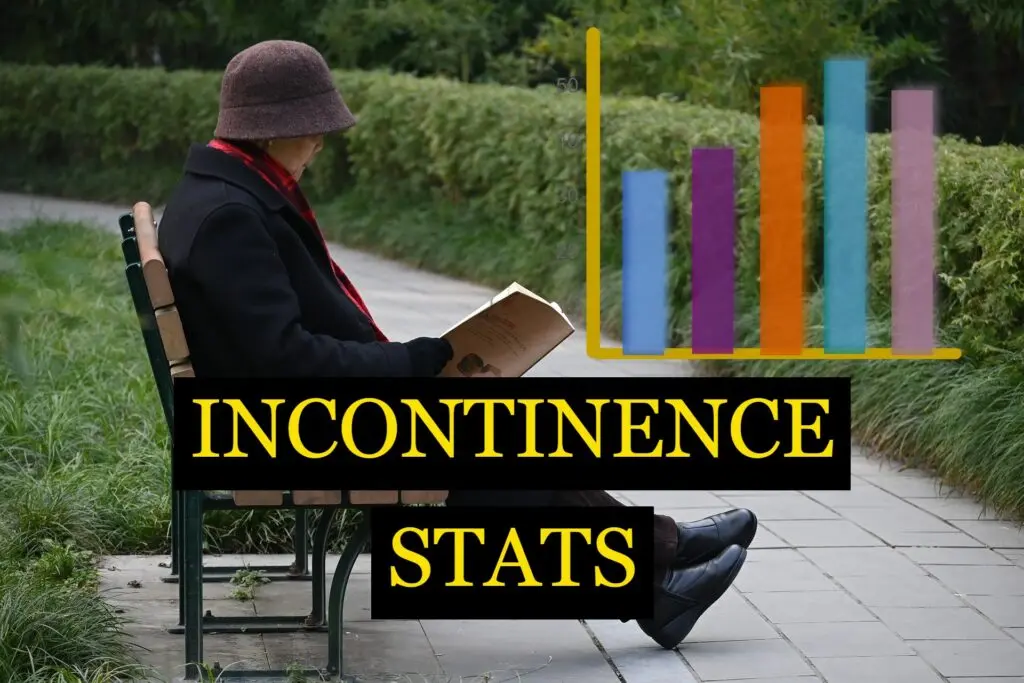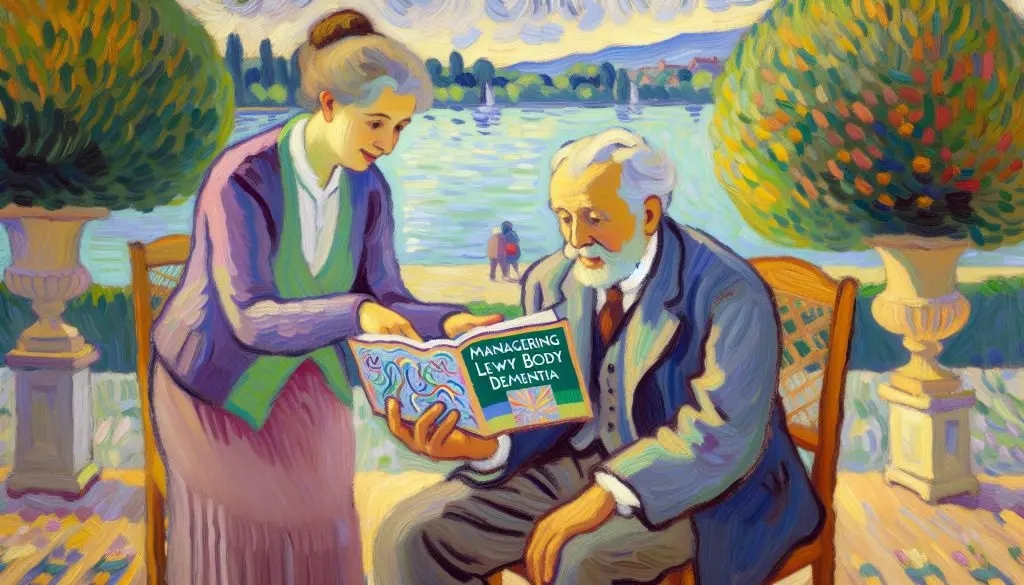As we age, maintaining proper hydration is a cornerstone of good health. Yet, elderly hydration often gets overlooked, potentially leading to serious health complications. Discovering fluid intake tips for the elderly can be a lifeline; after all, water is the essence of life at every age.
1. The Significance of Elderly Hydration
As we age, our bodies undergo a variety of changes, one of which is a decreased ability to conserve water. This shift highlights the importance of maintaining proper hydration, especially in the senior population where the sense of thirst may also be diminished. Recognizing the impact of aging on hydration is essential because it can help prevent the risks associated with dehydration, which are more pronounced in older adults.
Understanding the Impact of Aging on Hydration
Several physiological factors contribute to why older adults are more susceptible to dehydration. For one, kidney function naturally declines with age, affecting the body’s ability to concentrate urine and retain water. Also, the total body water volume decreases with age, meaning that there is less water available to lose before dehydration sets in. It’s important for seniors and their caregivers to be mindful of these changes and take proactive steps to stay adequately hydrated.
Dehydration Risks in the Elderly Population
Dehydration can have severe consequences for elderly individuals, including increased risk of urinary tract infections, kidney stones, and even falls due to low blood pressure or dizziness. Chronic dehydration can also exacerbate existing health conditions like diabetes or kidney problems. What’s more, some medications that older adults commonly take may increase the risk of dehydration, necessitating an even greater focus on fluid intake.
Appropriate fluid intake is vital in managing these risks, and staying informed on elderly hydration and fluid intake tips can make a significant difference. For example, incorporating beverages and foods with high water content throughout the day, setting regular drinking reminders, and monitoring the color of urine for signs of dehydration can all contribute to healthier hydration habits. Above all, understanding individual needs and consulting healthcare providers for personalized advice is key to maintaining optimal hydration and overall health.
Preventive measures such as these are not only beneficial but essential to the health and well-being of older adults. By taking control of hydration habits, seniors and their caregivers can greatly reduce the risk of dehydration and ensure that their days are as healthy and comfortable as possible.
2. Barriers to Adequate Fluid Intake
Common Reasons Behind Inadequate Hydration
The journey towards maintaining proper hydration can be challenging for the elderly, primarily due to several age-related factors. Firstly, the sense of thirst naturally diminishes with age, making it less likely for older adults to feel the urge to drink water regularly. Another significant obstacle is mobility issues; for some, the simple act of getting up to get a glass of water can be daunting due to fear of falling or the physical pain associated with movement.
Medications are another contributing factor that can affect fluid balance. Diuretics, a common medication for blood pressure control, increase the rate of urine production, leading to a higher risk of dehydration. Cognitive impairments such as dementia can interfere with an elder’s ability to remember or realize they need to drink water, which compounds the risk of inadequate hydration.
Physical difficulties like swallowing disorders or incontinence also play a role. Those with swallowing problems might avoid drinking because it’s uncomfortable or causes coughing, while individuals who experience incontinence might intentionally drink less to avoid accidents.
Recognizing Signs of Dehydration in Elders
Understanding the symptoms is crucial for detecting dehydration, which can help in applying elderly hydration and fluid intake tips appropriately. Early dehydration signs might be as subtle as dry mouth, fatigue, or dizziness. More progressed dehydration might reveal itself through more severe symptoms such as low blood pressure, rapid heart rate, and in some cases, confusion or disorientation.
Monitoring for signs like sunken eyes, lack of sweat or tears, and a noticeable decrease in urine frequency or volume can also indicate that an older adult’s hydration levels are dangerously low. It’s vital that caregivers and family members stay attentive to these signs, as the elderly might not always communicate their discomfort or may not recognize it as related to dehydration.
Prevention of dehydration is always preferable to treatment, so encouraging a routine of regular fluid intake, offering a variety of liquids, and making water easily accessible can make a substantial difference. With these proactive strategies, caregivers can help elder individuals maintain better hydration and overall health.
3. Fluid Intake Tips: Enhancing Elderly Hydration
Maintaining proper hydration is crucial, especially for older adults who might be less aware of their thirst cues. As we age, our bodies undergo changes that can affect hydration, such as a reduced capacity to conserve water and a diminished sense of thirst. These challenges underscore the importance of conscious efforts to ensure seniors consume adequate fluids daily.
Recommended Daily Water Intake for Seniors
When it comes to water intake, there’s no one-size-fits-all recommendation for seniors, as individual needs vary. However, a general guideline suggests that older men should aim for about 3.7 liters (or 15.5 cups) of fluids a day from all beverages and foods, and older women should aim for 2.7 liters (or 11.5 cups) per day. It’s important for seniors and their caregivers to be aware of these targets to avoid dehydration. Notably, not all fluid intake needs to come from water alone; other beverages and hydrating foods can contribute to this daily goal.
Hydrating Foods and Their Role in Senior Diets
Hydrating foods can be a refreshing, nutrient-rich component of a senior’s diet. Foods like cucumbers, watermelons, strawberries, and peaches are high in water content and can help meet hydration needs. Additionally, soups and broths are excellent options for both hydration and warmth, particularly beneficial for those who might not be inclined to drink cold beverages. Incorporating these foods into daily meals can be an effective strategy for enhancing elderly hydration, ensuring that seniors remain well-nourished and hydrated.
In conclusion, understanding and implementing elderly hydration and fluid intake tips is essential for fostering the well-being of older adults. By staying informed about the recommended daily water intake and the role of hydrating foods, caregivers can help seniors maintain adequate fluid levels for optimal health.
4. Strategies for Promoting Regular Fluid Intake
As we age, our sense of thirst may diminish, which can lead to inadequate fluid intake and potential health issues. However, there are innovative and practical strategies that both older adults and caregivers can implement to ensure proper hydration. Here are some tips for encouraging more consistent water consumption among the elderly.
Creative Approaches to Increase Water Consumption
Firstly, making water more appealing is key. Try infusing water with fresh fruits, vegetables, or herbs like lemon, cucumber, and mint to enhance the flavor without adding significant calories. This not only makes water tastier but also adds a touch of excitement to regular hydration habits.
For those who enjoy tea and coffee, these can be good sources of hydration. However, it’s essential to keep an eye on caffeine intake as it can lead to increased urination. Decaffeinated options can be a safer bet, especially later in the day.
Another tactic is to offer fluids in a variety of forms. Broths, soups, and foods with high water content such as watermelon, cucumber, and oranges can contribute to overall fluid intake. Through these alternatives, the monotony of drinking plain water is broken, and hydration becomes a more integrated part of the diet.
Utilizing Technology and Reminders for Hydration
Older adults are becoming increasingly tech-savvy and can utilize technology to aid in maintaining proper hydration. A simple method is setting alarms or reminders on smartphones, watches, or dedicated reminder devices to prompt water intake throughout the day.
- There are also specialized apps designed to track water consumption, providing visual cues and progress tracking to encourage a sense of accomplishment.
- Smart water bottles are another technological innovation. They glow or send notifications to a paired device, reminding the user to drink water regularly.
Family members and caregivers can also be crucial in reminding older adults to drink regularly, especially if cognitive decline is a factor. By taking on the role of a hydration partner, they can provide gentle prompts and ensure that water is easily accessible throughout the living space.
Remember, maintaining elderly hydration and fluid intake tips is essential for health and well-being. Through creative approaches and the use of technology, seniors can improve their fluid intake and lead healthier, more hydrated lives.
5. Overcoming Obstacles to Hydration
Understanding Swallowing Difficulties and Their Impact on Hydration
Many older adults face the challenge of dysphagia, a condition that impairs normal swallowing function. Dysphagia can significantly hinder one’s ability to stay hydrated, as the act of drinking can become both strenuous and risky. This obstacle often goes unaddressed but can have serious consequences if not managed properly.
To ensure safe and adequate fluid intake for those with swallowing issues, it’s important to consider the consistency of liquids. Thicker fluids, for example, are generally easier to swallow. The use of thickeners can convert regular beverages into a safer option for those with dysphagia. Additionally, consulting a speech-language therapist can provide further guidance and specialized techniques to enhance swallowing safety and maintain hydration levels.
Personalizing Hydration Strategies to Meet Individual Needs
Each person’s hydration needs are as unique as their lifestyle and health conditions. For older adults, creating a personalized hydration plan takes into account not only the individual’s medical history but also their preferences and daily routine. Encouraging fluid intake doesn’t have to be a monotonous task; rather, it can be integrated seamlessly into one’s lifestyle.
Variety is key to keeping hydration interesting and manageable. Offering a mix of beverages, such as water, herbal teas, and diluted juices, can suit different tastes and moments of the day. Incorporating foods with high water content, such as fruits and soups, also contributes to the overall hydration goal. Inviting family members or caregivers to be part of this process can help in tracking fluid intake and adapting the plan as needed to ensure it remains effective and enjoyable.
In conclusion, addressing the unique challenges of maintaining proper hydration among older adults is crucial. Tackling issues like dysphagia and tailoring individual hydration strategies can significantly enhance their quality of life. Implementing these elderly hydration and fluid intake tips will help ensure that essential hydration needs are met, ultimately supporting better health and well-being.
Reminder: Elderly individuals might not feel thirsty as often as younger people, making it crucial to encourage regular sips of water throughout the day, even in the absence of thirst. This habit is paramount for preventing dehydration and promoting overall health and wellness in seniors.


